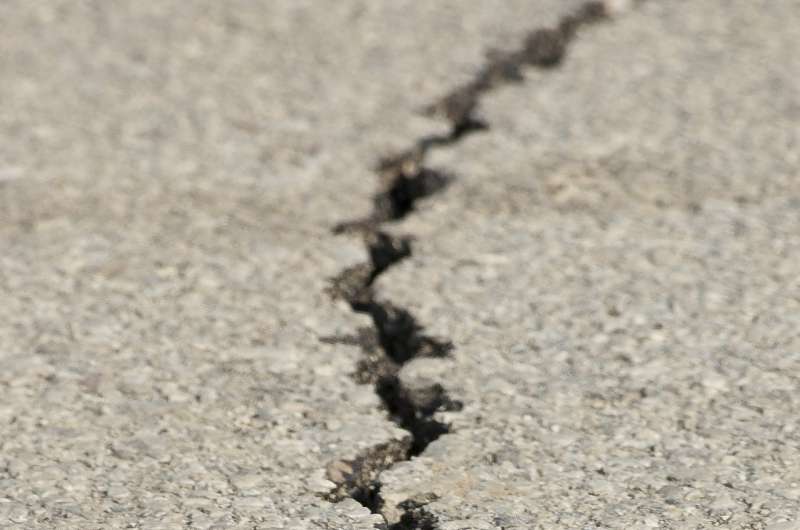DeepShake uses machine learning to rapidly estimate earthquake shaking intensity

A deep spatiotemporal neural network trained on more than 36,000 earthquakes offers a new way of quickly predicting ground shaking intensity once an earthquake is underway, researchers report at the Seismological Society of America (SSA)'s 2021 Annual Meeting.
DeepShake analyzes seismic signals in real time and issues advanced warning of strong shaking based on the characteristics of the earliest detected waves from an earthquake.
DeepShake was developed by Daniel J. Wu, Avoy Datta, Weiqiang Zhu and William Ellsworth at Stanford University.
The earthquake data used to train the DeepShake network came from seismic recordings of the 2019 Ridgecrest, California sequence. When its developers tested DeepShake's potential using the actual shaking of the 5 July magnitude 7.1 Ridgecrest earthquake, the neural network sent simulated alerts between 7 and 13 seconds prior to the arrival of high intensity ground shaking to locations in the Ridgecrest area.
The authors stressed the novelty of using deep learning for rapid early warning and forecasting directly from seismic records alone. "DeepShake is able to pick up signals in seismic waveforms across dimensions of space and time," explained Datta.
DeepShake demonstrates the potential of machine learning models to improve the speed and accuracy of earthquake alert systems, he added.
"DeepShake aims to improve on earthquake early warnings by making its shaking estimates directly from ground motion observations, cutting out some of the intermediate steps used by more traditional warning systems," said Wu.
Many early warning systems first determine earthquake location and magnitude, and then calculate ground motion for a location based on ground motion prediction equations, Wu explained.
"Each of these steps can introduce error that can degrade the ground shaking forecast," he added.
To address this, the DeepShake team turned to a neural network approach. The series of algorithms that make up a neural network are trained without the researcher identifying which signals are "important" for the network to use in its predictions. The network learns which features optimally forecast the strength of future shaking directly from the data.
"We've noticed from building other neural networks for use in seismology that they can learn all sorts of interesting things, and so they might not need the epicenter and magnitude of the earthquake to make a good forecast," said Wu. "DeepShake is trained on a preselected network of seismic stations, so that the local characteristics of those stations become part of the training data."
"When training a machine learning model end to end, we really think that these models are able to leverage this additional information to improve accuracy," he said.
Wu, Datta and their colleagues see DeepShake as complementary to California's operational ShakeAlert, adding to the toolbox of earthquake early warning systems. "We're really excited about expanding DeepShake beyond Ridgecrest, and fortifying our work for the real world, including fail-cases such as downed stations and high network latency," added Datta.
Provided by Seismological Society of America




















